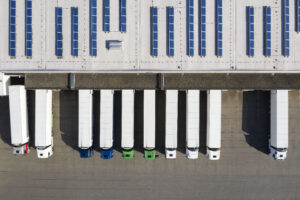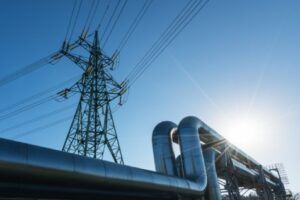
Supply chain flows: The complementarity of TMS and AI in 7 key points
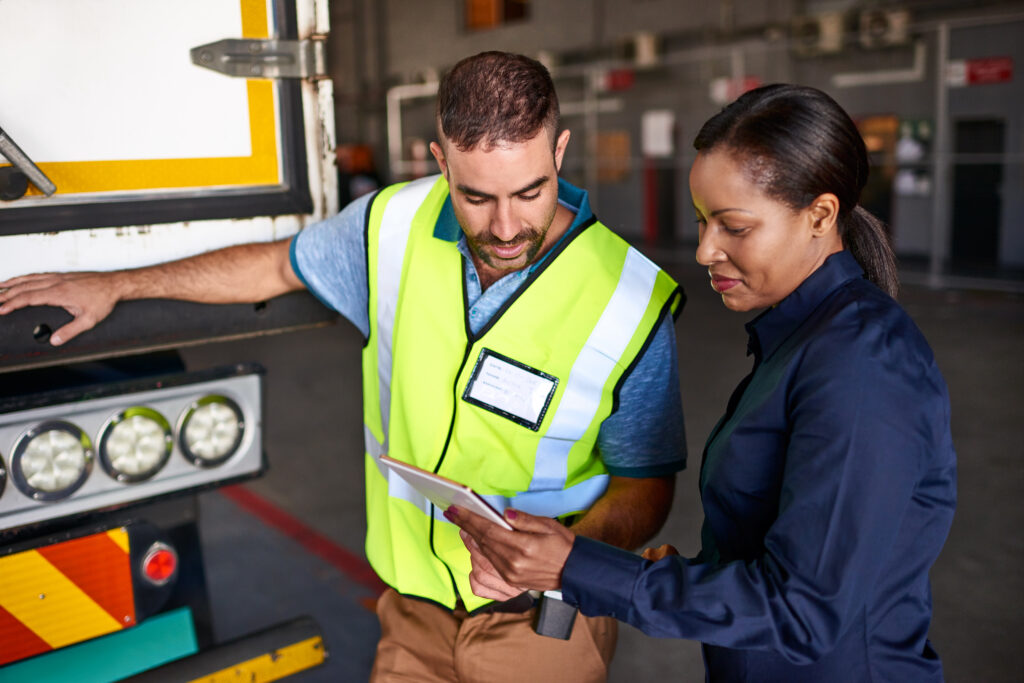
What if AI could enhance your TMS’s utility and improve decision-making? Let’s look at 7 key points regarding their complementarity for your supply chain flows.
In recent years, digital technology has been revolutionizing the transportation and logistics industry.TMS, transportation management system software, appeared as an essential tool to manage truck fleets, resources, schedules, deliveries and even invoicing. For transporters, it takes care of the logistics for their customers and, like loaders, manages their costs. Today, more than ever, the sector is in constant development. Uncertainties and volatility are important watchwords and impel stakeholders to increase their agility. What if AI could enhance your TMS’s utility and improve decision-making? Let’s look at 7 key points regarding their complementarity for your flows.
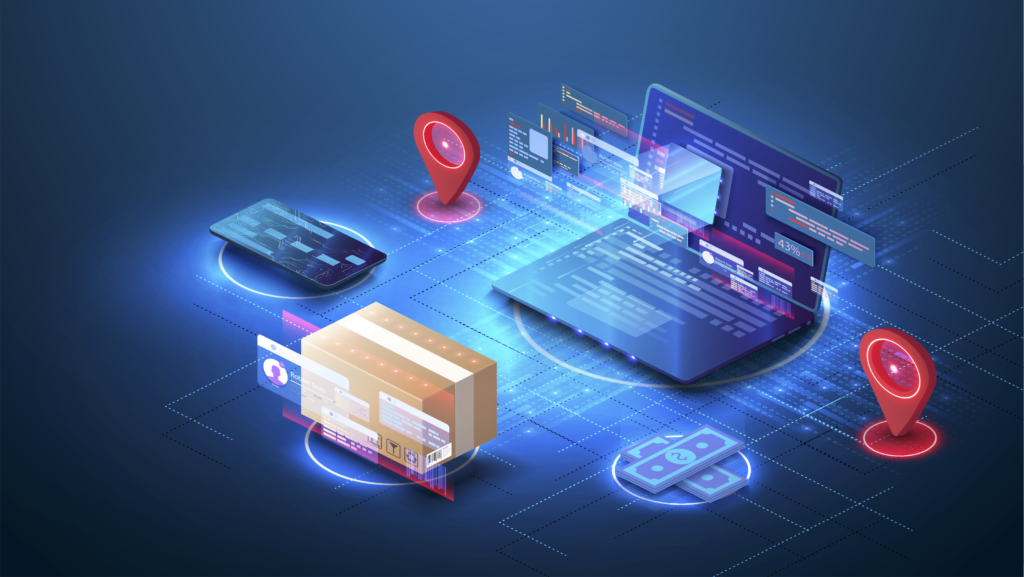
1. Adding value to your data
Faced with constant pressure, digital technology is a way to manage this new state of affairs. TMS is already the first major step and an important source for reporting data. The question now is: how to use them and enhance them?
By modeling all of its management rules and flows (delivery points, pick-up locations, warehouses, all connections), we are now able to build a digital twin. This makes it possible to consolidate all of the data coming from the TMS in one tool so that everyone shares the same vision and analysis in order to make good decisions with an overall view. One of two challenges regarding data is the importance of having good data (quality). This is the basis before AI can be used to help collaborate and manage (control center). If good data governance was set up with the TMS, we can then supply its digital twin with AI in order to obtain good results, precisely and reliably. Setting up good data visualization makes it possible to have accurate, living data, which thus provides considerable value.
2. Complementarity through interfacing
Enhancing TMS utility and improving decision-making becomes possible when you supplement your management tool’s offer with an AI solution. Carrying out interfacing between the two will provide better data exchange. However, this step is not necessarily required depending on how you are going to use your tool. For example, the tactical aspect requires less data updates. In this specific case, interfacing is not an obligation. However, in terms of operations, since you are going to have to regularly refresh the orders and transportations proposed by the TMS, interfacing makes much more sense. The route may be modified upon the tool’s proposal and the result sent to the TMS
3. Moving from a static to a dynamic vision of long-term transportation planning
Thanks to this first step, the data reported from the TMS are going to be enhanced and scalable. This is going to make it possible to adopt a dynamic, rather than a static, vision for transportation planning. Relying on constantly updated data is much more reliable over the long-term. Users will be able to understand what is happening and create shared visualization in order to collaborate with different stakeholders. By developing the use of data, users can then assess capacity, identify the bottlenecks in their supply chain, make comparisons between off-peak and peak periods and therefore anticipate the latter. AI makes it possible to propagate information in order to simulate and optimize it.
4. Creating simulated scenarios
Faced with uncertainty and multiple shortages, the sector’s stakeholders are forced to make urgent decisions, which are more costly in terms of euros and CO2… Today, by relying on the data reported from the TMS and consolidated within the digital twin, it is possible to simulate and create different scenarios in order to set up better planning for distribution routes. The strength of AI in this field is based on its ability to almost instantaneously propagate constraints and customer requirements throughout its network in order to understand how this could impact all stakeholders. Thanks to this functionality, we can then anticipate and plan the future with greater accuracy and precision
5. Increasing agility by moving from management support to decision-making support
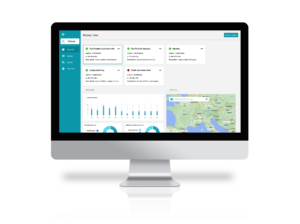
The great strength of TMS is its management support ability. As FAQ Logistique explains, TMS makes it possible to improve the organization of transportation and reduce budgets. By adding AI to its processes, users can go even further and improve agility by updating decisions more regularly and analyzing the performance of management rules. This TMS-AI complementarity makes it possible to build and adjust transportation planning through facilitated decision-making. Faced with an unstable context, AI is going to make it possible to safeguard supply chains, make better decisions, improve customer satisfaction, control costs and even reduce environmental impact.
6. Optimizing transportation planning in a complex network
Historically, the scenarios are based on cost. However, today, there is new data to take into consideration: CO2 impact and resilience. By using an AI solution to complete the TMS offer, the optimization and monitoring of operational KPIs becomes a reality thanks to its recommendation. AI proposes modifying the organization, either locally or globally, in order to better respond to issues in the future. Above and beyond choosing a solution over another based on different indicators, the strength of AI optimization is based on the fact that it is going to support the planner and provide them with a solution that they probably would not have thought of. Thus, the supply chain becomes more performative, the quality of service is improved and costs decrease by optimizing the use of resources in order to increase reactivity and agility when faced with operational hazards. Thanks to AI and a better understanding of its raw data, the STEF group was thus able to optimize its transportation planning and meet its strategic challenges.
7. Reducing carbon footprints

To reduce CO2 emissions, the TMS will make it possible to measure them by method and by flow, set objectives in terms of scope, decide on reduction levers and execute and monitor actions. AI is then going to supplement its functionalities by quickly and consistently taking into consideration all of the constraints and the activity’s development. This optimized and agile transportation planning will result in a more sustainable supply chain: optimized routes, fewer vehicles on the roads thanks to better loading rates, and therefore fewer kilometers traveled.
The transportation and logistics sector is faced with an unstable context. However, its strength resides in its ability to renew itself, evolve and control hazards rather than simply put up with them. The purpose of digital technology is not to replace humans, but to provide them with the necessary support in order to master its organization. Already, TMS has made it possible to set up better flow management. The uncertainty that the sector faces requires going even further, in order to surpass this short-term vision and create a sustainable supply chain. TMS-AI complementarity makes it possible to adopt a strategic as well as an executive vision. Thanks to data visualization, simulation and optimization, AI is the new long-term solution in order to improve decision-making, increase agility and reduce CO2 footprints.
Other articles
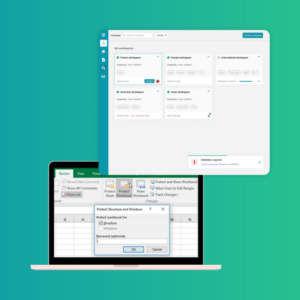
Excel or AI – the battle: which is the better solution for your transport plans ?
Learn more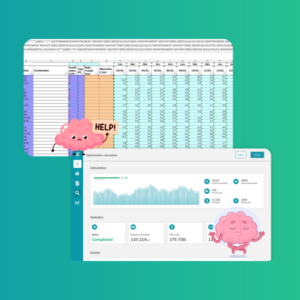
Transportation planning: why Excel might not be the right tool for your organization ?
Learn more


